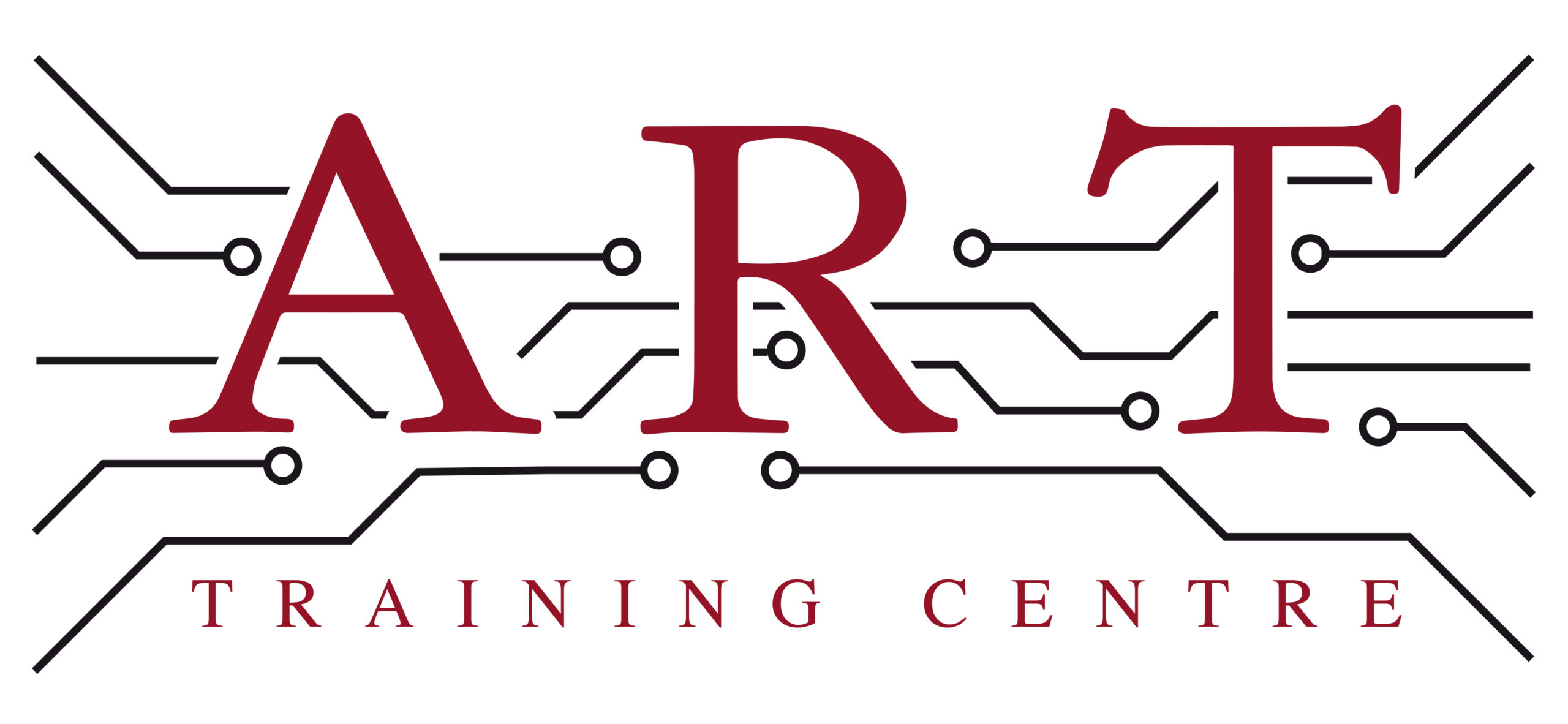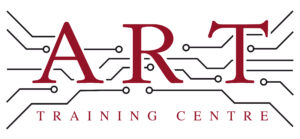Definition
Repair is a process in electronics manufacturing that involves fixing faulty components or circuits to restore functionality. This can include replacing damaged parts, re-soldering connections, or correcting faults in printed circuit boards (PCBs). Repair is essential in ensuring that electronic devices operate correctly and efficiently, making it a crucial aspect of the electronics rework process.
How It’s Used in the Industry
Repair is integral to electronics assembly and involves several steps. First, technicians identify the faulty component on a PCB through inspection methods, such as visual checks or automated testing. Once identified, the defective part is desoldered using appropriate tools, such as soldering irons or hot air rework stations. A new component is then soldered in place, ensuring secure connections. This process is vital for both technicians in training and experienced professionals, as it enhances their skills in fault diagnosis and component handling, ultimately improving product reliability and performance.
History & Origins
Repair became common in electronics manufacturing during the mid-20th century, coinciding with the rise of consumer electronics. As devices became more complex, the need for repair practices grew. The establishment of standards, such as those set by IPC (Institute for Printed Circuits), helped standardise repair techniques and quality control. Advances in technology, including the development of more robust soldering methods and materials, further emphasised the importance of effective repair processes in maintaining electronic device reliability.
Variations
There are several variations of Repair in electronics, including component-level repair, board-level repair, and system-level repair. Component-level repair focuses on individual parts, while board-level repair addresses issues on the PCB itself. In contrast, system-level repair involves fixing the entire device. Each type has its own techniques and tools, with differences in complexity and required skill levels, making it essential for learners to understand these distinctions for effective troubleshooting and repair.
Modern Applications
Today, Repair is widely used in electronics production and maintenance, particularly in surface mount and through-hole assembly. It plays a crucial role in quality assurance, ensuring that devices meet stringent performance and reliability standards. Compliance with IPC standards is vital, as it guarantees that repair processes are executed correctly and safely. Repair techniques are also a key focus in professional training, equipping technicians with the skills necessary for modern electronics assembly and maintenance.
Practical Tips & Training
When working with Repair, always prioritise safety by using appropriate personal protective equipment (PPE) and ensuring proper ventilation. Familiarise yourself with inspection techniques, such as visual inspection and continuity testing, to accurately identify faults. Useful tools include soldering irons, desoldering pumps, and magnifying lamps. Structured training and certification in electronics repair are essential for developing proficiency and ensuring adherence to industry standards, ultimately leading to better repair outcomes.


